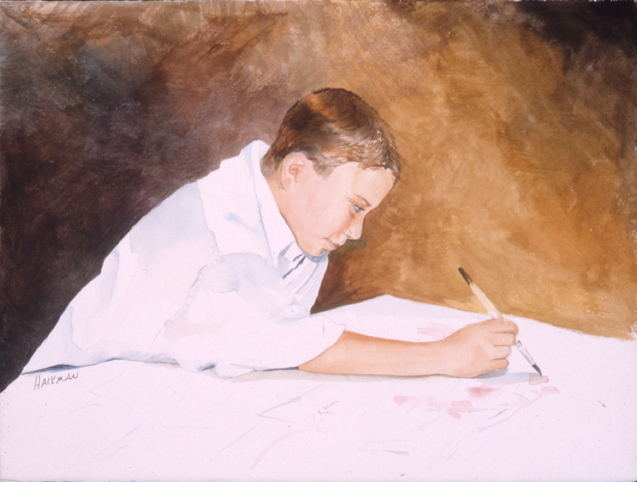
Diabetes Coalition of Palm Beach County web page has large areas of white space. This allows the site visitor to easily locate the desired information.
As a freelance graphic designer I value clients who understand the importance of white space as a design element. Filling all the available space in a print or web layout hinders communication. White space, also called negative space, is a key design element used in planning the composition of paintings.
White space does not necessarily have to be white. It can be a swath of clear blue sky, an area of solid colored background, space in between lines of type, in between columns or around the margins of the layout. Aside from the elegance that it adds to a composition, white space emphasizes the message or key element in a design by eliminating distractions. Clients often feel that value is added to their piece when information covers all available space. Web clients are interested in getting as much information “above the fold” (page space visible before viewer must scroll down). This often results in a crowded and confusing appearance. A web search that compares low and high-end retailers in nearly any field from jewelry to office supplies to furniture will reveal that the upscale retailers utilize a great deal of whitespace.
Fine art buyers sometimes fall into a similar mindset. The impression that an artist hasn’t put as much time into a piece with large areas of white space and therefore the artwork is of less value is espoused by some collectors. In fact, many of the finest conceptual and representational pieces of art have large areas of valuable white space that increase their impact on the veiwer.



Recent Comments